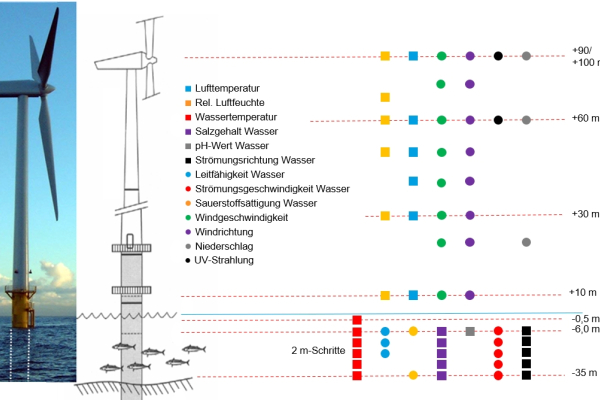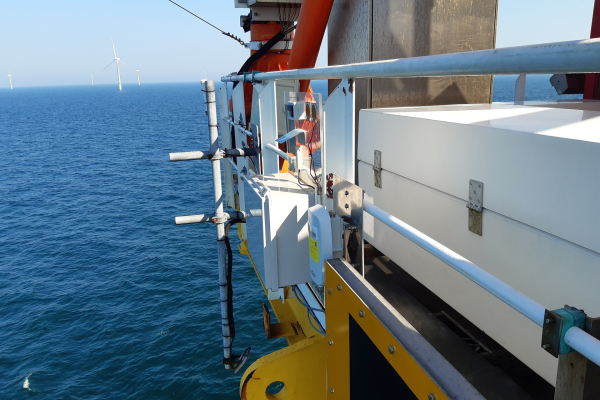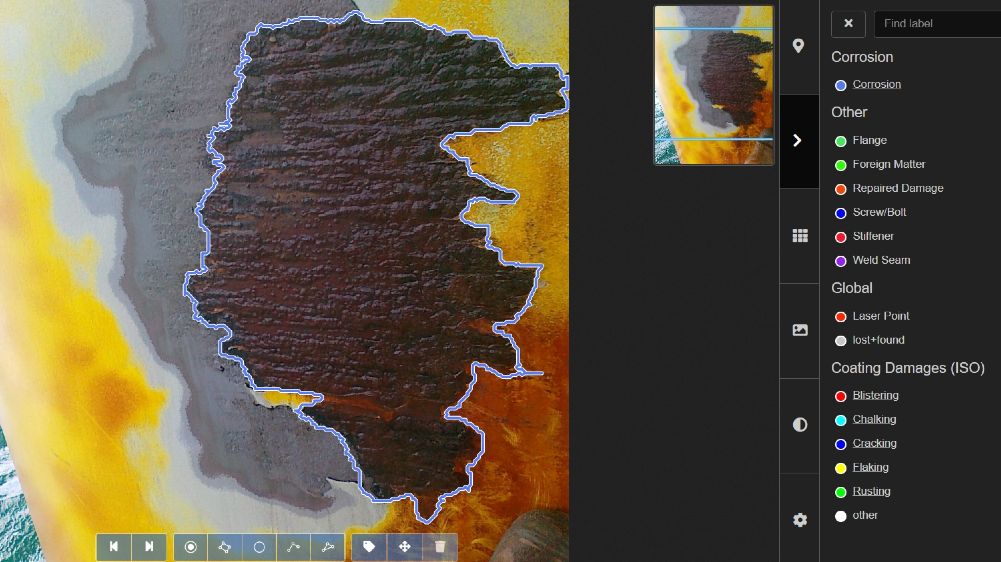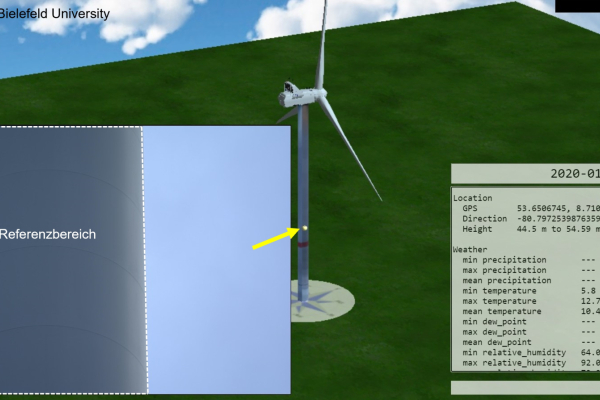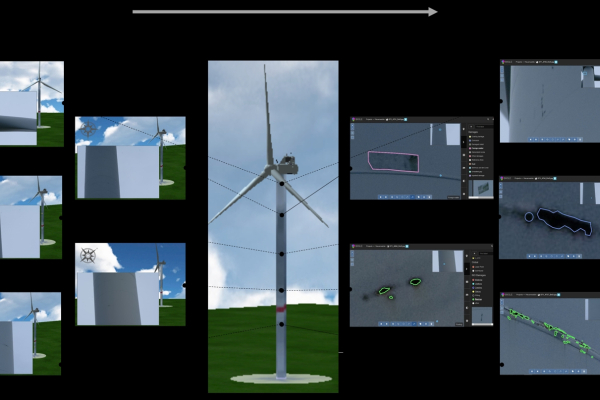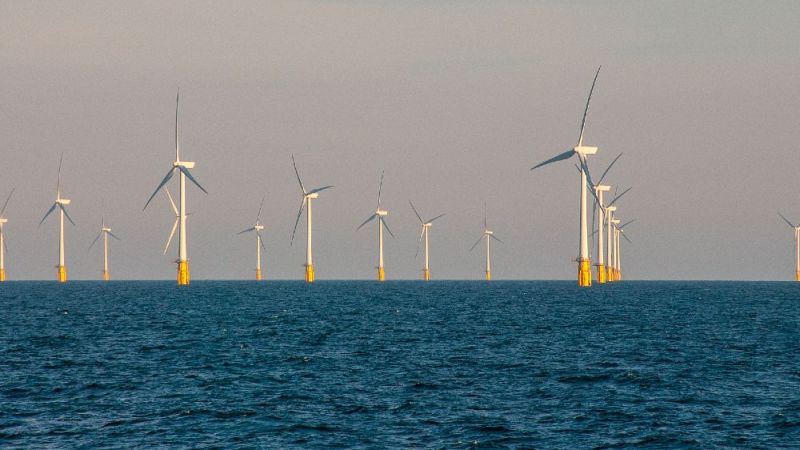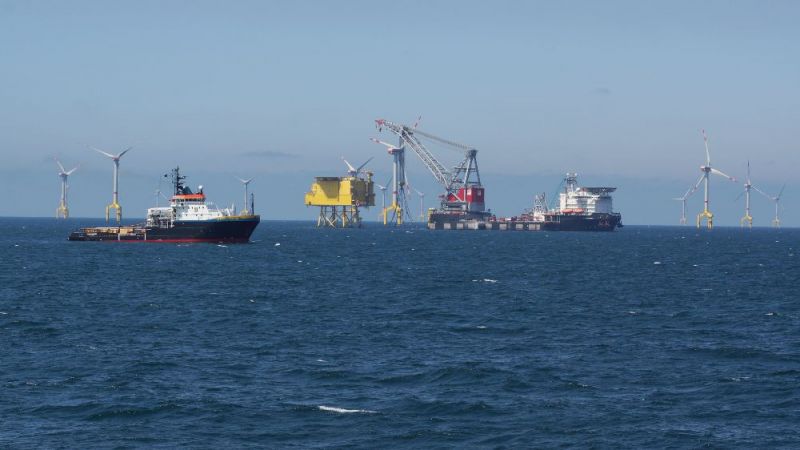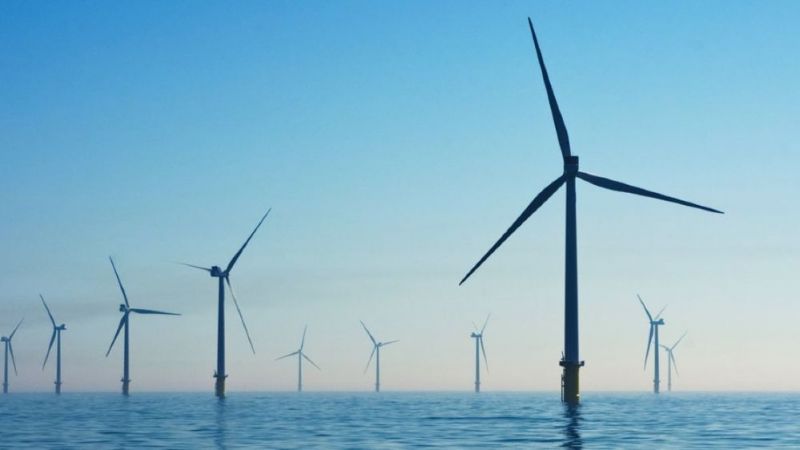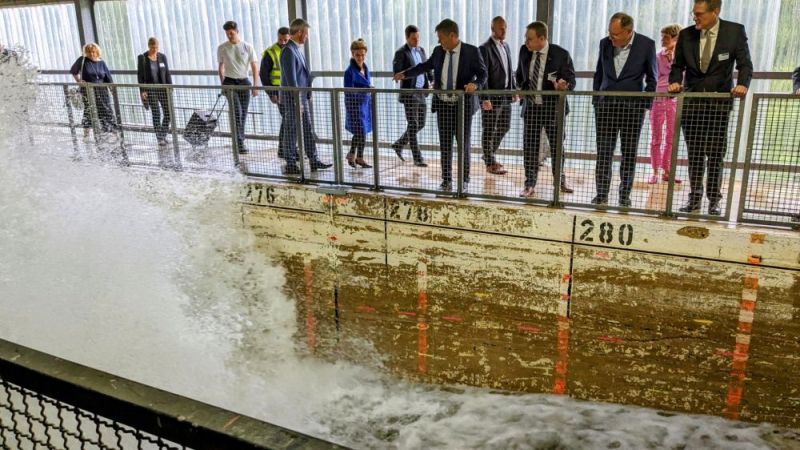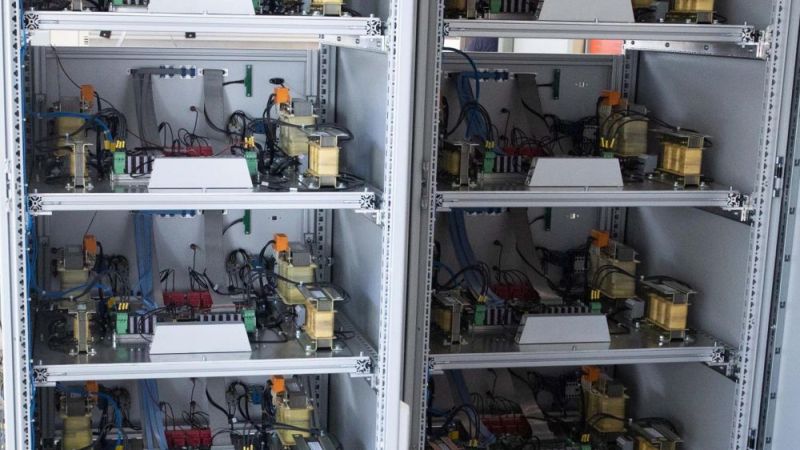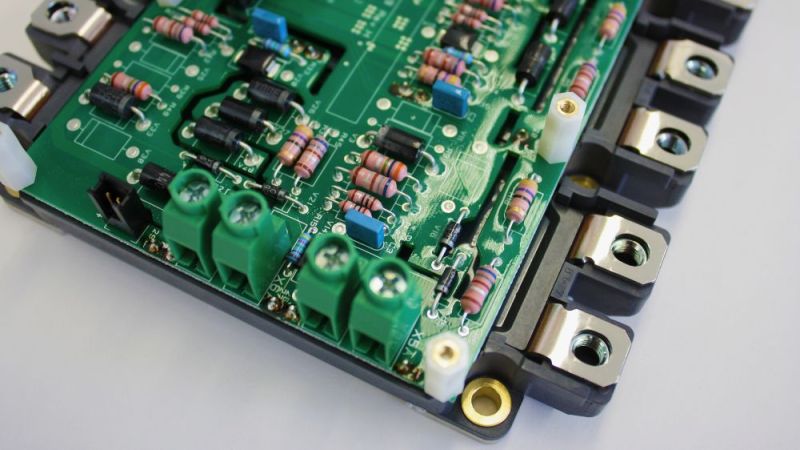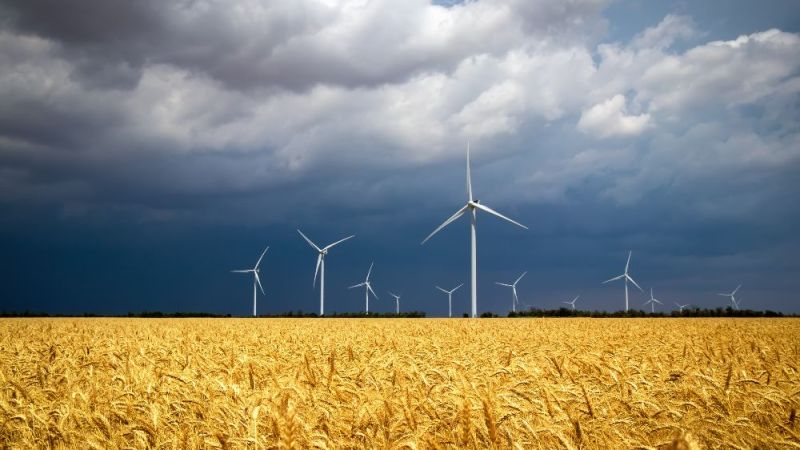Wind power
Intelligent systems monitor wind turbines
Storms, swells, saltwater: Wind turbines at sea have to withstand a lot. Towers and support structures of the offshore plants are therefore under a lot of stress. Rust, for example, reduces the load-bearing capacity of the structures. Therefore, the manufacturers coat the surfaces of the components, for example the tower, with special protective layers to ensure the targeted lifetime. However, they cannot completely prevent the ageing of the plants. This makes it all the more important to detect changes on the surface of the towers at an early stage in order to prevent major damage or the shutdown of the plants. This saves time and costs. The researchers have already successfully implemented a new maintenance model in a small onshore wind farm.
Control surfaces autonomously
The intention of the scientists from companies and universities in the ISyMOO project was to record and evaluate the outer skin of the towers and their surface protection systems exclusively on the basis of digital data. To do this, they use autonomous inspection techniques, such as drones and cameras, as well as special sensors installed on the towers. These measure both meteorological and oceanographic data, such as air temperature and humidity, flow velocity and salt content, as well as corrosion data, for example the degree of degradation on the steel. With the help of the recorded measurement values and various methods, for example new algorithmic methods and machine learning processes, the relevant stresses and the condition of the surfaces are to be determined. The collected digital measured data and photos as well as virtual design data are transmitted to the control centre on the mainland and serve as the basis for the maintenance model. To document and manage the complex and large amounts of data, the project teams have developed an online platform.Detecting and classifying damage automatically
Digital photos or videos of the wind turbine are automatically evaluated using machine learning. The computer program first learns to recognise and classify the type and intensity of the damage from a wealth of visual information fed into it. Inspection and repair concepts can be derived on the basis of the evaluated visual data and a temporal condition model. This allows the maintenance cycles to be continuously optimised. As repair costs at sea are extremely high, the system can significantly contribute to reducing operating costs.
Virtual twin shows defined areas of the tower structure
To view defined reference areas of the tower structure, corresponding to a photograph, the teams of scientists use virtual twins of the wind turbines. To do this, they used the "Virtual Twin Computation" method for the first time in the ISyMOO project. First, the towers of the wind turbines are scanned with commercially available digital cameras. The images are then combined to form a "virtual twin". To store and evaluate the measured sensor and image data for the virtual twins, the researchers developed a time series database system including a web analysis interface. Such a database system is specialised in storing and analysing sensor data regularly over a period of time, for example. It is used to monitor plant systems or components.
Monitoring and planning ahead
For the maintenance model, it is first necessary to apply the data obtained to defined virtual reference surfaces of the structures. The condition of each reference area is assessed and documented at specific time marks (for example, every two years) over the entire operating time of the plant. A risk of damage is defined depending on the structure and function of the reference area. Both the condition of the wind turbine surfaces and the respective risk are determined using visual data. The image data flows into a web-based online platform (BIIGLE 2.0) and is evaluated. The virtual twin is used for visualisation.
The existing and the permissible state of the surfaces are compared by means of a limit state analysis of the structures. This results in suitable monitoring or repair scenarios. The specially developed mathematical-empirical degradation model for coatings and steel surfaces provides support here. Furthermore, the researchers developed a simulation procedure that takes into account the resistance of corroded components to changing mechanical stress.
Maintenance model in practice
The maintenance model with the corresponding data interfaces is already available and can be used in pilot projects.
It was already used for the first time in a small onshore wind farm. The researchers successfully tested the methods developed to evaluate surface systems of steel structures in a largely automated manner. A little extra: The maintenance model can also be applied to structures with the same geometry such as silos, chimneys and supporting piles. (mm)
Last update: 13.06.2022
saltation GmbH & Co. KG
University of Bielefeld- RESEARCH GROUP Biodata Mining
www.uni-bielefeld.de/arbeitsgruppen/biodata-mining
Leibniz Universität Hannover - Faculty of Civil Engineering and Geodetic Science
www.stahlbau.uni-hannover.de/en
SubCtech GmbH


